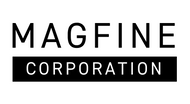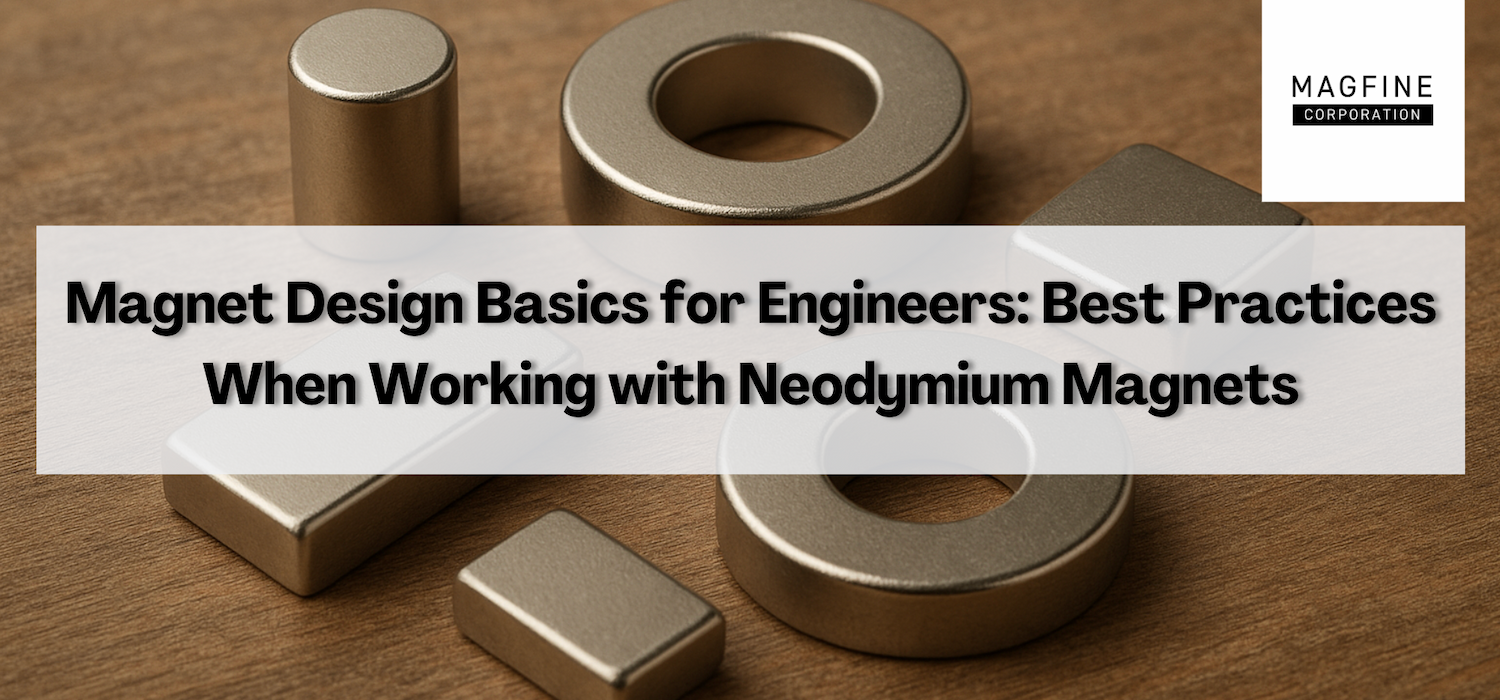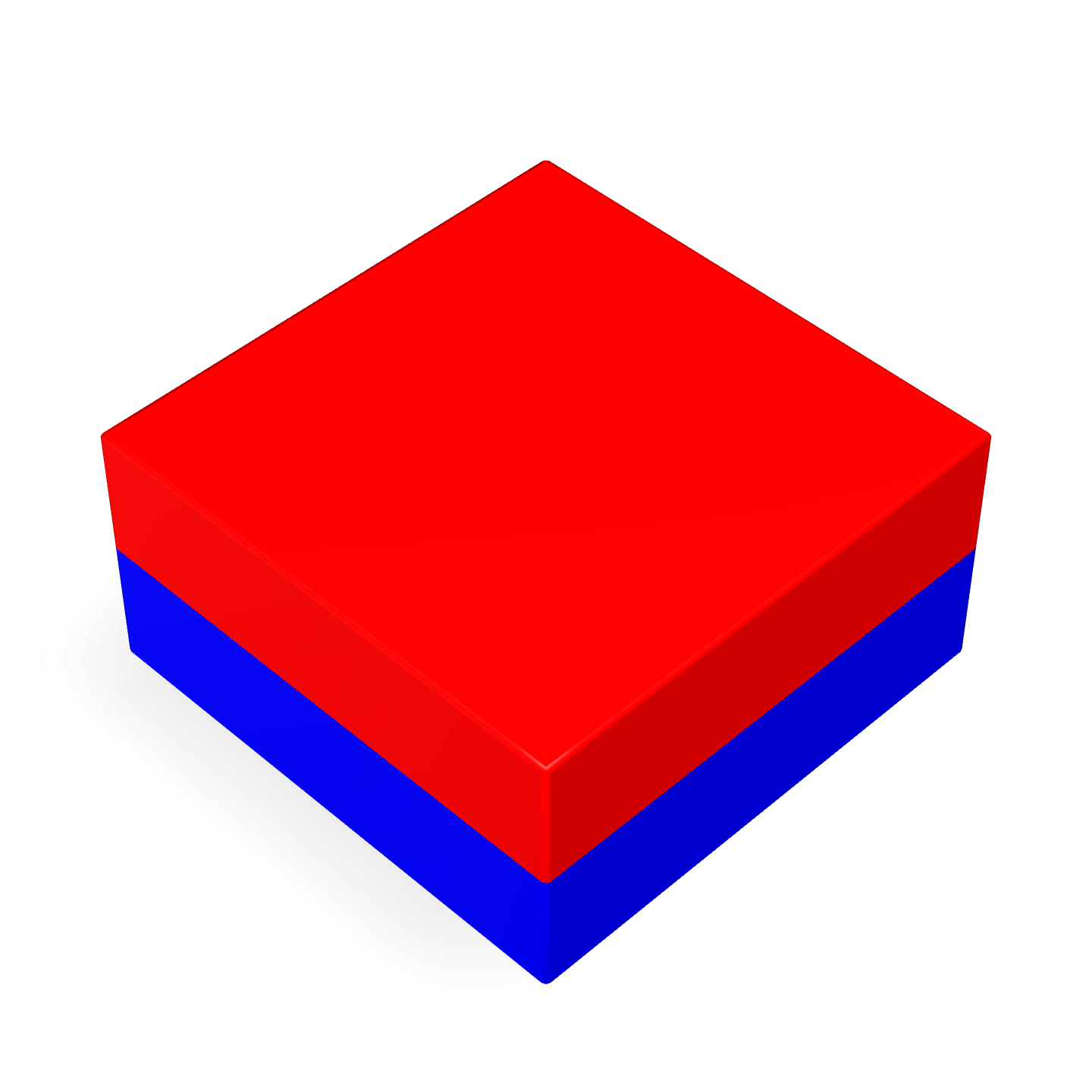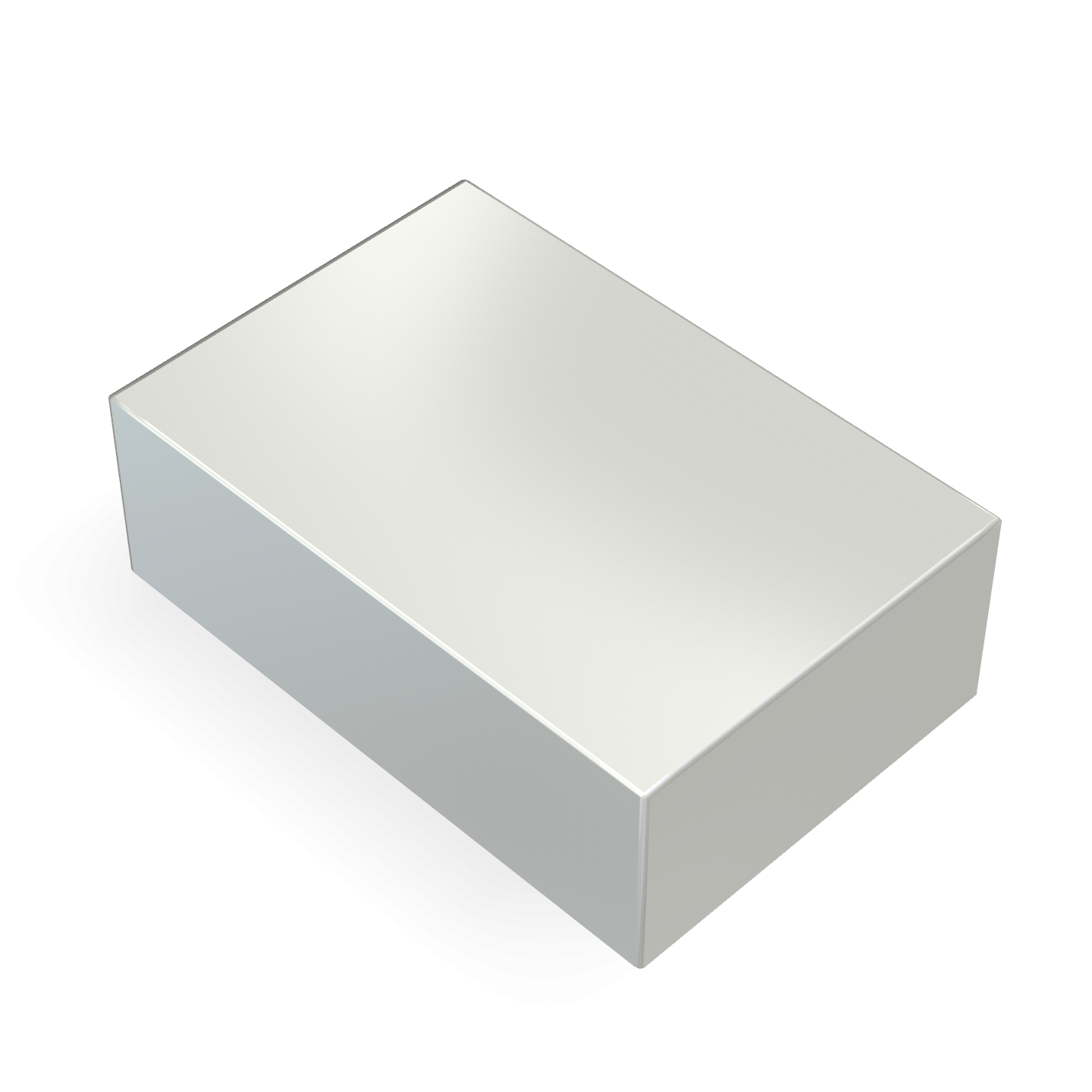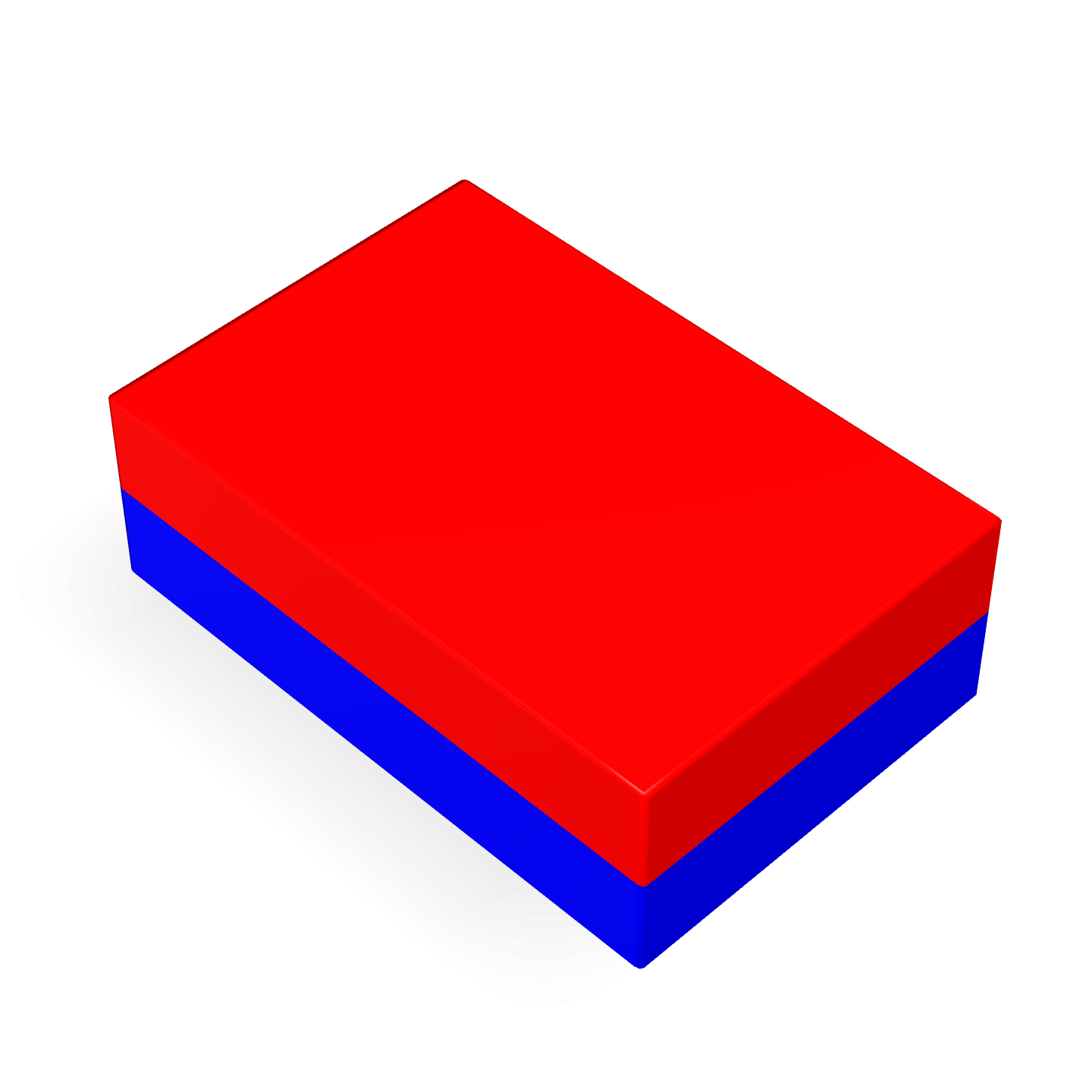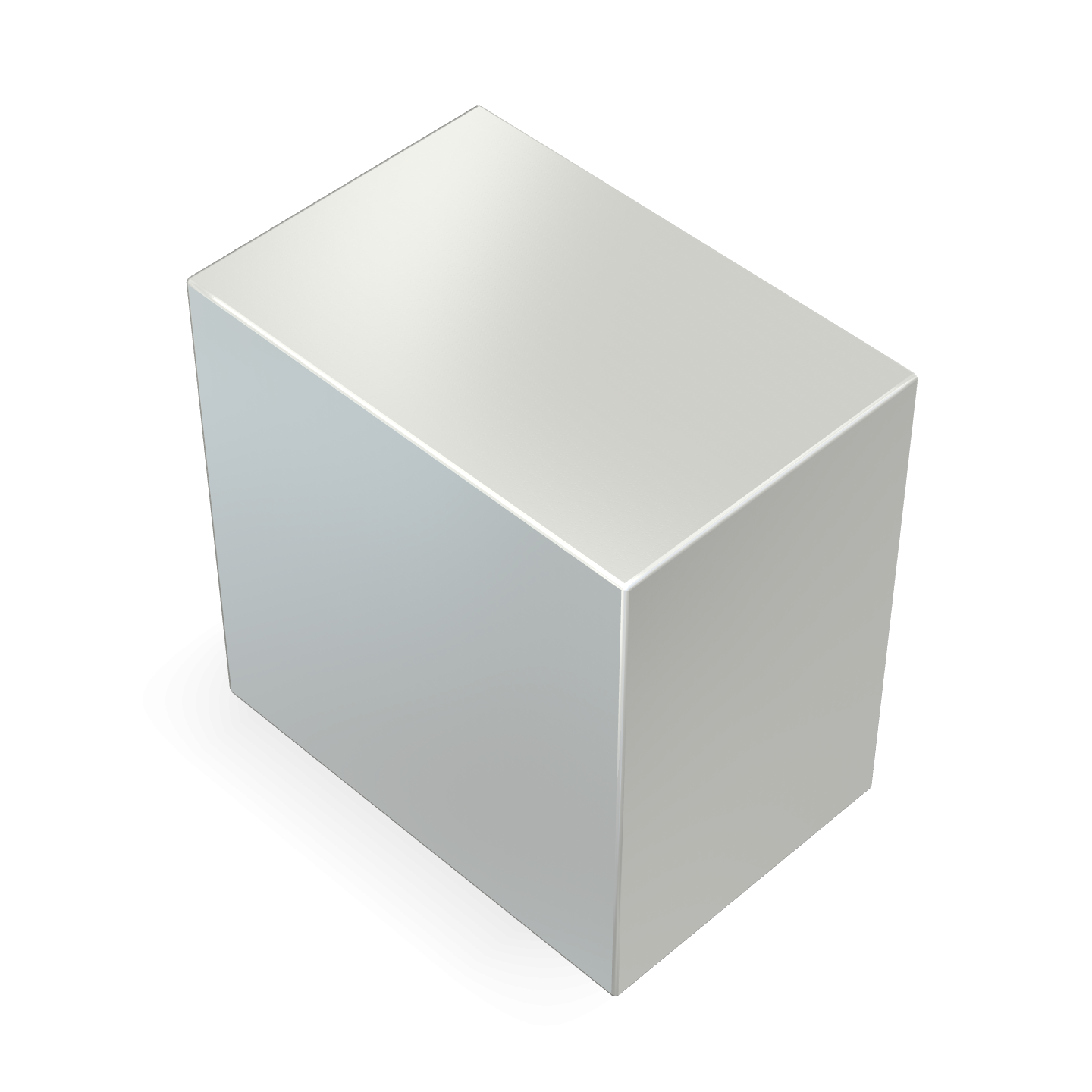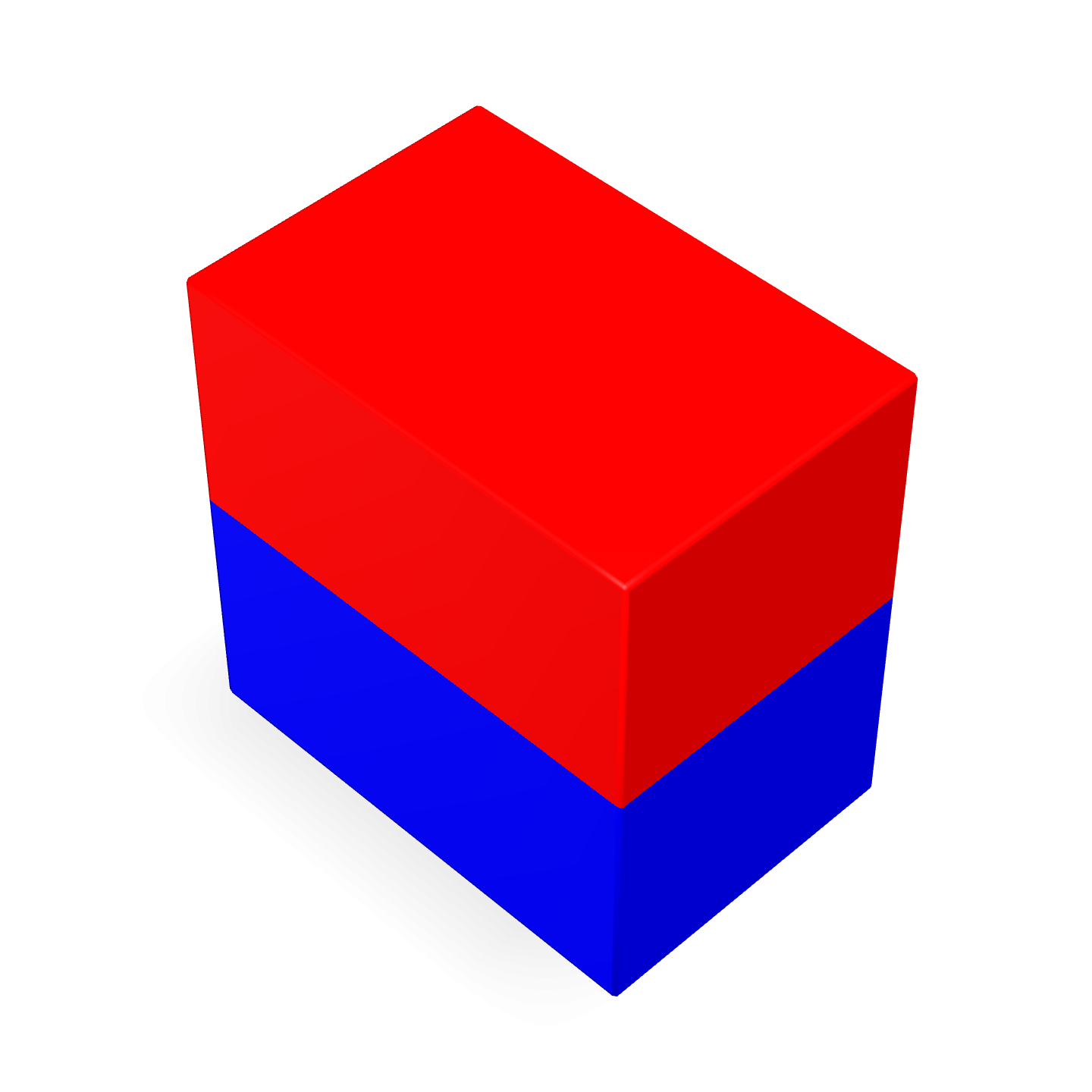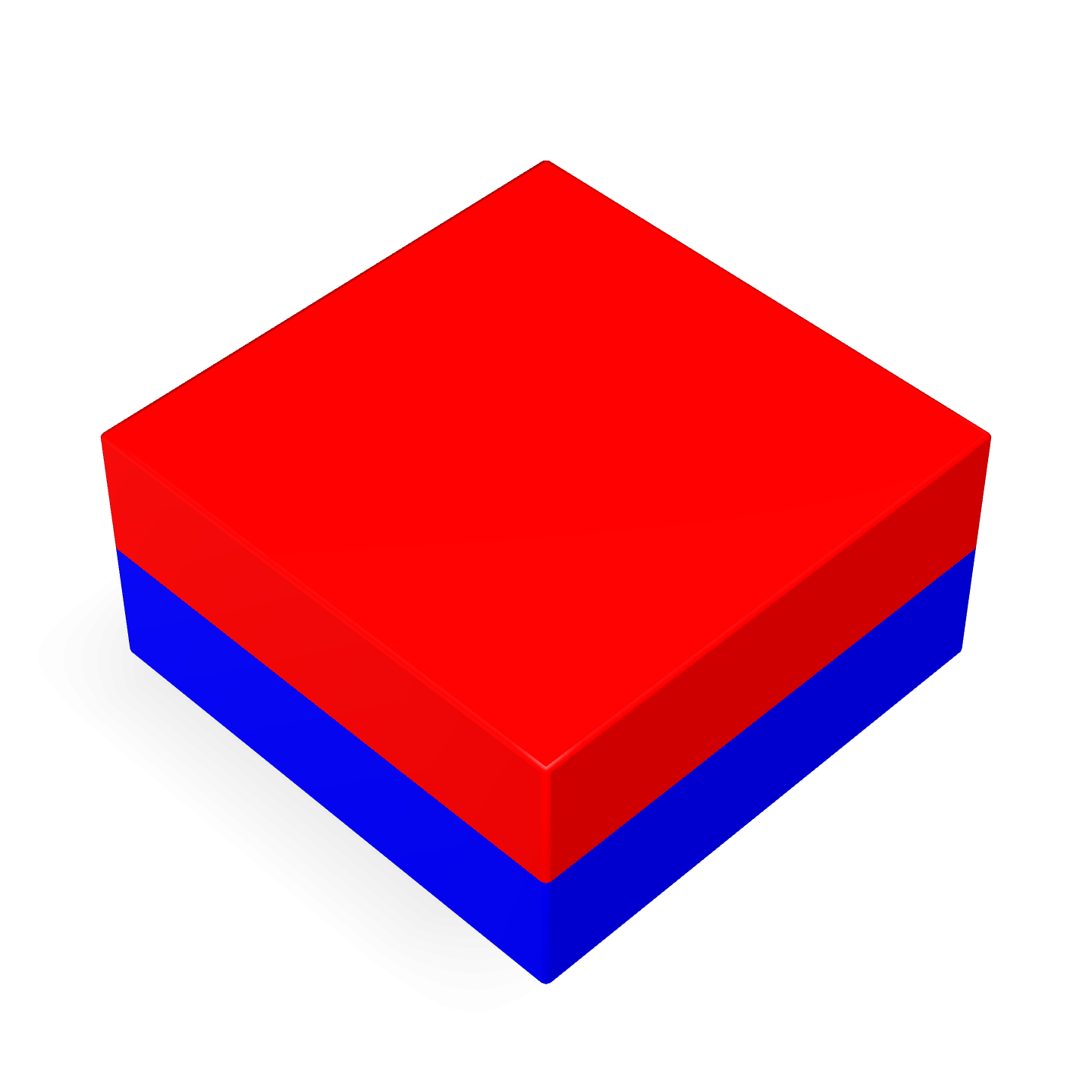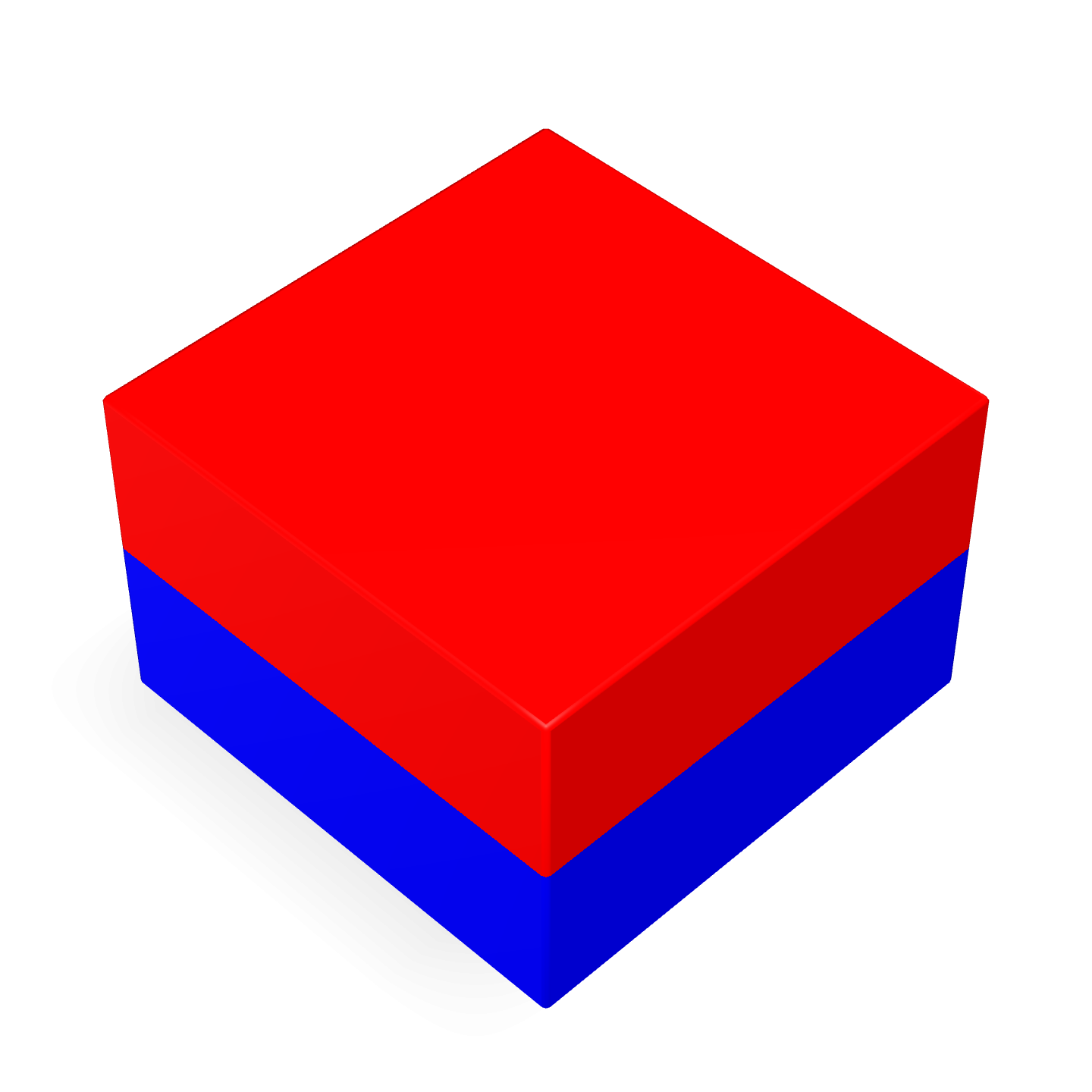Magnet Design Basics for Engineers: Best Practices When Working with Neodymium Magnets
Neodymium magnets, also known as NdFeB magnets, are the backbone of many modern technologies — from electric vehicles and industrial automation to consumer electronics and renewable energy systems. As the demand for stronger, lighter, and more efficient magnetic materials grows, engineers and product designers in Canada and beyond are turning to Magfine Canada for reliable, high-quality industrial magnets that perform under the toughest conditions.
This article serves as a comprehensive guide to designing with neodymium magnets — covering critical factors like grade selection, magnetization direction, coating protection, mechanical handling, and best practices for long-term performance. Whether you’re developing a high-efficiency motor, a precision sensor, or a custom magnetic assembly, these insights will help you optimize your design and ensure product longevity.
Understanding Neodymium Magnet Grades and Performance
Choosing the right neodymium magnet grade is the first and most crucial step in any magnetic design. Grades such as N35, N42, N50, and N52 indicate the magnet’s maximum energy product (BHmax) — the higher the grade, the stronger the magnetic field density. However, with increased strength comes trade-offs in temperature stability and brittleness.
In applications like motors, sensors, or actuators, where heat buildup is expected, engineers must select high-temperature grades such as N42SH, N48UH, or N35EH. These variants maintain magnetic performance at temperatures up to 150–200°C. For general-purpose use, a standard N42 grade offers excellent balance between cost and performance.
For reference, Magfine Canada’s neodymium magnets include multiple high-temperature options suitable for both industrial and consumer-grade applications.
Shape, Dimensions, and Magnetization Direction
The shape of a magnet directly affects its magnetic field distribution and mechanical strength. Common geometries include discs, blocks, rings, and arcs. Each design supports specific applications:
- Disc and ring magnets — Ideal for motors, generators, and wireless charging systems.
- Block magnets — Perfect for holding, mounting, and clamping uses.
- Arc magnets — Common in rotors and electric drive systems.
Just as important is the magnetization direction — whether axial, diametric, or radial. Axially magnetized magnets generate fields through their poles (top and bottom faces), while radially magnetized magnets are polarized across their circumference, making them essential for circular motor assemblies.
For example, when designing multi-pole rotors, engineers often alternate the polarity of adjacent arc magnets (north–south–north–south) to create a balanced, rotating magnetic field. The wrong magnetization direction can drastically reduce torque or efficiency, so consulting magnet experts during design is essential.
At Magfine Canada, our engineers help customers verify magnetization orientation to ensure optimal performance in complex assemblies.
Mechanical and Assembly Considerations
Although powerful, neodymium magnets are also brittle. They can chip or crack under sudden mechanical shock or during improper handling. To prevent damage, designers should:
- Avoid tight mechanical tolerances that force magnets into place.
- Use non-magnetic fixtures during assembly.
- Apply adhesives such as epoxy or high-strength acrylic for secure bonding.
- Consider mechanical housings or clamps for high-vibration environments.
When assembling magnets into motor rotors or couplings, it’s best to magnetize the assembly after all components are in place. This minimizes the attraction forces during alignment and reduces risk of damage.
In industrial setups across Canada, custom magnet assemblies from Magfine are built with these design principles in mind, ensuring both durability and precision performance.
Magnetic Circuit Design and Field Optimization
Beyond the magnet itself, the surrounding magnetic circuit determines overall field strength and efficiency. Engineers often use ferromagnetic materials such as steel or soft iron to guide and concentrate the magnetic flux. This reduces energy loss and maximizes useful field lines.
For sensitive electronic environments, magnetic shielding becomes crucial. Materials like mu-metal or permalloy can help confine stray magnetic fields, preventing interference with sensors, processors, or data storage devices.
Using simulation tools such as finite element analysis (FEA) during design allows engineers to visualize magnetic field lines and optimize geometry for maximum efficiency. Even minor changes in spacing or material choice can yield substantial performance gains.
Surface Coatings and Environmental Protection
Neodymium magnets are prone to oxidation when exposed to air or moisture. Without proper coating, corrosion can severely reduce their lifespan. The most common coatings include:
- Nickel-Copper-Nickel (Ni-Cu-Ni): The standard and most cost-effective coating for general industrial use.
- Epoxy: Provides excellent corrosion resistance for humid or outdoor conditions.
- Zinc: Offers a lower-cost alternative for dry, indoor applications.
- Parylene: Used in medical and precision electronic applications for chemical resistance.
At Magfine Canada, we recommend nickel-copper-nickel coating as a default for most industrial magnets used in Canada’s diverse climate. For marine or high-humidity environments, epoxy-coated magnets deliver better long-term protection.
Testing and Quality Assurance
Every high-performance magnet should undergo strict testing for magnetic and physical properties. Quality assurance steps typically include:
- Magnetic flux density testing: To ensure remanence and coercivity meet design specs.
- Dimensional inspection: Verifying all tolerances fall within the specified range.
- Coating integrity check: Ensuring surface finish is continuous and defect-free.
- Thermal cycling test: For magnets exposed to temperature variations in motors and outdoor devices.
All industrial magnets from Magfine Canada are subject to rigorous quality inspections before shipment, guaranteeing consistent performance and reliability.
Safety, Handling, and Storage
Handling neodymium magnets requires care. Due to their strong attraction, even small magnets can cause injuries if fingers get caught between them. To ensure safety:
- Always wear gloves and handle magnets one at a time.
- Keep magnets away from children and electronic devices.
- Store magnets in a dry, cool environment, with spacers between each unit.
- Never allow magnets to slam together or collide with metal surfaces.
Proper handling and storage help maintain both magnetic strength and surface coating integrity over time. For workplace safety, post clear warning labels in storage and assembly areas.
Designing for Performance and Longevity
Design success with neodymium magnets depends on aligning material selection, mechanical protection, and environmental considerations. A well-engineered magnet assembly balances magnetic field strength with durability, cost, and manufacturability.
By understanding how temperature, magnetization direction, and assembly methods influence performance, engineers can prevent premature failure and enhance product reliability. Partnering with experienced suppliers like Magfine Canada ensures that every magnet you use meets precise engineering standards and environmental requirements.
Need Help with Custom Magnet Design?
Magfine Canada provides custom neodymium magnet solutions tailored for motors, sensors, automation systems, and renewable energy applications. Whether you require high-temperature grades or precision coatings, our experts can help you optimize performance and ensure compliance with your design goals.
Contact us today to get a quote or discuss your next industrial magnet project in Canada.
Conclusion
Designing with neodymium magnets is both an art and a science. By mastering the fundamentals — selecting the right grade, ensuring proper coating, handling with care, and optimizing the magnetic circuit — engineers can unlock the full potential of these powerful materials. As industries across Canada continue to innovate, Magfine Canada remains committed to supplying precision-engineered magnets that meet the highest standards of quality and performance.
Explore our full range of neodymium magnets and industrial magnet assemblies to find the right solution for your next project.
Frequently Asked Questions
A: For motors that run hot, use grades like N42SH, N48UH, or N35EH. These maintain strong magnetization up to 150–200°C, making them ideal for demanding industrial environments.
A: Machining neodymium magnets is not recommended. They are extremely brittle and can shatter easily. Custom sizes should be specified before magnetization. Magfine offers precision manufacturing for custom dimensions.
A: Always choose coated magnets. Nickel-Copper-Nickel is standard, while epoxy or parylene coatings offer superior protection in humid or marine environments.
A: Store in a cool, dry place with non-magnetic separators. Keep away from electronic devices, steel tools, and credit cards. For large magnets, use mechanical restraints or wooden spacers.
A: Neodymium magnets can interfere with pacemakers and medical implants. Always keep them at a safe distance and follow manufacturer guidelines.
A: Visit Magfine Canada for premium neodymium and industrial magnets with fast local shipping, technical support, and custom design options.
